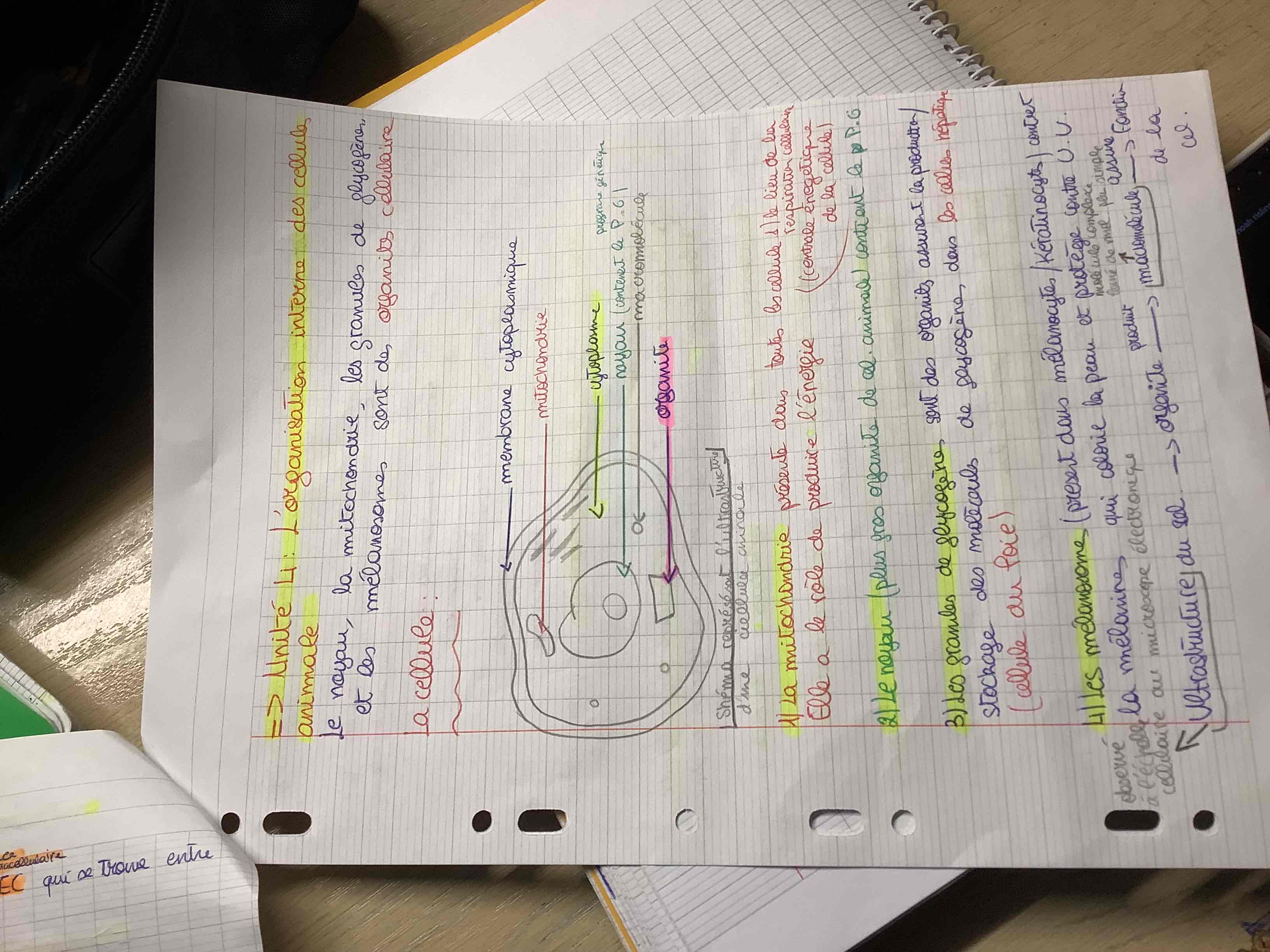Bio
1/23
Earn XP
Description and Tags
Name | Mastery | Learn | Test | Matching | Spaced |
|---|
No study sessions yet.
24 Terms
What are the levels of organization in living beings?
The levels include cells, tissues, organs, systems, organisms, populations, communities, ecosystems, and biosphere.
What is a cell?
A cell is the basic unit of life that can carry out all life processes.
What is a tissue?
A tissue is a group of similar cells that perform a specific function.
What are the four main types of tissues?
The four main types are epithelial, connective, muscle, and nervous tissue.
What is an organ?
An organ is a structure composed of different types of tissues that work together to perform a specific function.
What is an organ system?
An organ system is a group of organs that work together to perform complex functions.
What is an organism?
An organism is an individual living entity that can function on its own.
What is a population?
A population is a group of organisms of the same species that live in the same area.
What is a community?
A community is a group of different populations that live and interact in the same area.
What is an ecosystem?
An ecosystem consists of a community of living organisms and their physical environment.
What is the biosphere?
The biosphere is the global sum of all ecosystems; it is the zone of life on Earth.
What is the significance of the cell?
Cells are fundamental for all living organisms as they carry out essential life functions.
How do tissues relate to organs?
Tissues combine to form organs, enabling them to perform specific bodily functions.
What role do organ systems play?
Organ systems provide coordinated functions that sustain life in organisms.
How do populations affect an ecosystem?
Populations interact with each other and their environment, influencing ecosystem dynamics.
What factors define a community?
A community is defined by species composition and how different populations interact.
What components are essential for an ecosystem?
Ecosystems consist of biotic (living) and abiotic (non-living) components.
How does energy flow through an ecosystem?
Energy flows through ecosystems via food chains and food webs, originating from the sun.
Why is biodiversity important?
Biodiversity is crucial for ecosystem resilience, stability, and function.
What is homeostasis?
Homeostasis is the process by which living organisms maintain a stable internal environment.
How do the levels of organization demonstrate the complexity of life?
The levels reflect the increasing complexity from simple cells to intricate ecosystems, highlighting interdependence.
